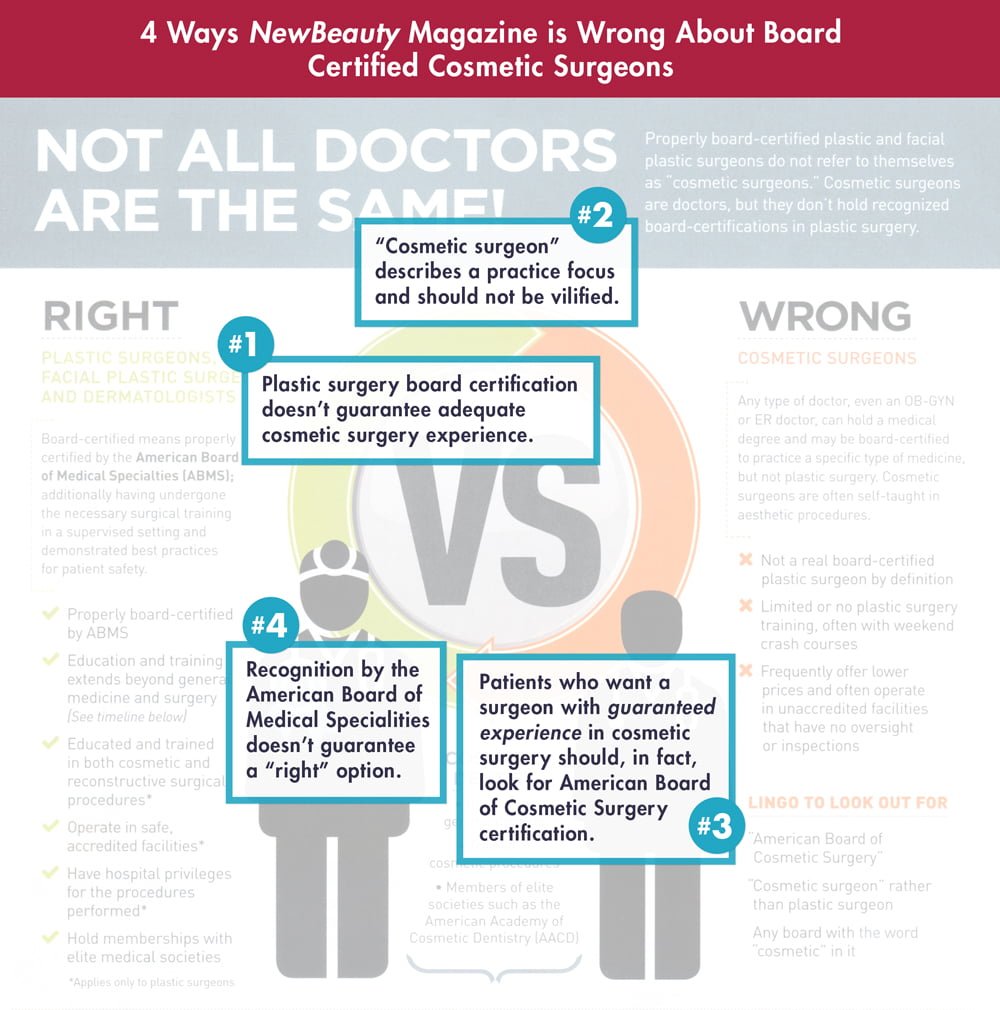Can Pcos Cause Acne
Can Pcos Cause Acne
Blog Article
Hormone Acne - What is Hormone Acne?
Hormonal acne is characterized by clogged up pores and oily skin that commonly appears on the chin and jawline. It takes place when hormonal changes activate inflammation and microbial overgrowth within hair roots.
Breakouts may appear as whiteheads, blackheads, papules or pustules and cysts or nodules in a lot more serious situations. It is a lot more typical in teenagers experiencing the age of puberty yet can influence grownups of any kind of age.
What Creates Hormone Acne?
While acne can be brought on by a selection of variables, consisting of making use of hair and skin treatment items that aren't oil-free or made with active ingredients that can obstruct pores, hereditary tendency, diet plan,2 and anxiety, the source is changing hormonal agents. Hormonal acne happens when the body experiences hormonal changes and fluctuations that lead to an overproduction of sebum, which causes swelling, raised development of microorganisms and adjustments in skin cell task.
Hormonal acne is typically discovered on the lower jawline, cheeks and neck but can appear anywhere on the body. It is identified by imperfections that are cystic, excruciating and loaded with pus or various other product. It is likewise most likely to occur in women than men, specifically throughout adolescence, the menstrual cycle, pregnancy or menopause.
Age
While many children experience acne at some time throughout adolescence, it can continue to torment grownups well right into their adult years. Known as hormone acne, this kind of breakout is tied to fluctuations in hormonal agents and is normally most typical in women.
Hormonal acne takes place when oil glands create excessive sebum, which clogs pores and catches dead skin cells. This brings about the development of blemishes, such as whiteheads, blackheads and papules, pustules, cysts or nodules, deep under the surface area.
This kind of blemish often creates discomfort, soreness and inflammation. It may likewise be cyclical and appear around the same time each month, such as right prior to your duration starts. This is because degrees of female hormones like progesterone and oestrogen rise and fall with each menstruation.
Menstrual Cycle
Hormonal acne typically shows up in the lower part of your face, along the jawline and cheeks, as whiteheads, blackheads or inflammatory pimples (acnes and cysts). It's most likely to show up around the moment when your menstrual cycle adjustments.
Specifically around ovulation, when estrogen and progesterone levels get on the increase, hormone variations can create breakouts. Yet it's likewise possible to obtain acne at any type of point throughout your 28-day menstrual cycle.
If you notice that your hormone acne flares up right before your duration, attempt noticing when specifically this occurs and see if it relates to the stages of your 28-day menstrual cycle. This will certainly assist you pinpoint the source of your skin troubles. As an example, you may want to service balancing your blood sugar level and eliminating high-sugar foods, or consider a prescription drug like spironolactone that can control your hormonal agents.
Pregnancy
Growing an infant is a time of remarkable hormonal modifications. For many ladies, this includes a flare-up of hormone acne. This type of outbreak generally starts in the very first trimester, around week 6. It's triggered by hormone rises that promote sweat glands to make even more oil, which can clog pores and trigger more bacteria to accumulate.
Breakouts might also take place as a result of pre-existing conditions like polycystic ovary disorder, which can also be a concern during pregnancy and menopause. Additionally, some types of contraceptive pill (such as Ortho Tri-Cyclen and YAZ) can set off hormone acne in some women.
Thankfully, the majority of acne treatments are "no-go" for expecting women (including preferred acne-fighting ingredients such as isotretinoin and spironolactone). However if you can't prevent those aggravating bumps, your physician might prescribe dental erythromycin or how long does botox last cephalexin, which are safe during pregnancy.
Menopause
As females approach menopause, the estrogen degrees that caused their hormone acne to flare during adolescence start to stabilize and reduce. At the same time, nonetheless, a spike in androgens (also called male hormonal agents) occurs since these hormonal agents can't be exchanged estrogen as effectively as previously.
The unwanted of androgens can set off oil manufacturing by the sweat glands, which clogs pores. When the stopped up pores come to be inflamed and inflamed, an acne forms.
Hormonal acne is normally seen on the face, particularly around the chin and jawline, but it can happen on the neck, back, shoulders, or upper body. This type of acne has a tendency to flare in a cyclical pattern, similar to the menstruation. Stress and anxiety, which increases cortisol and throws hormonal agents out of equilibrium, also contributes to the outbreaks.